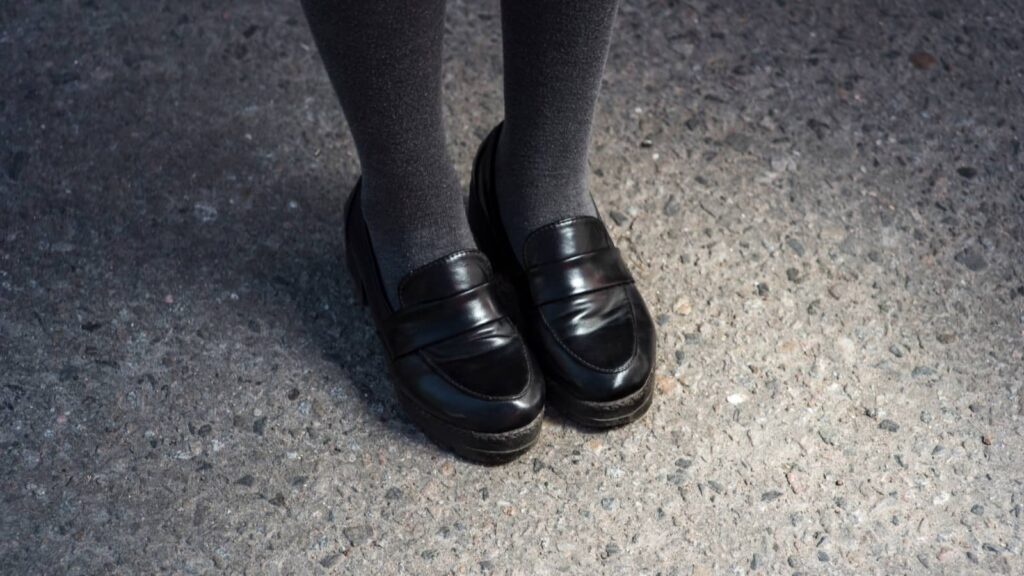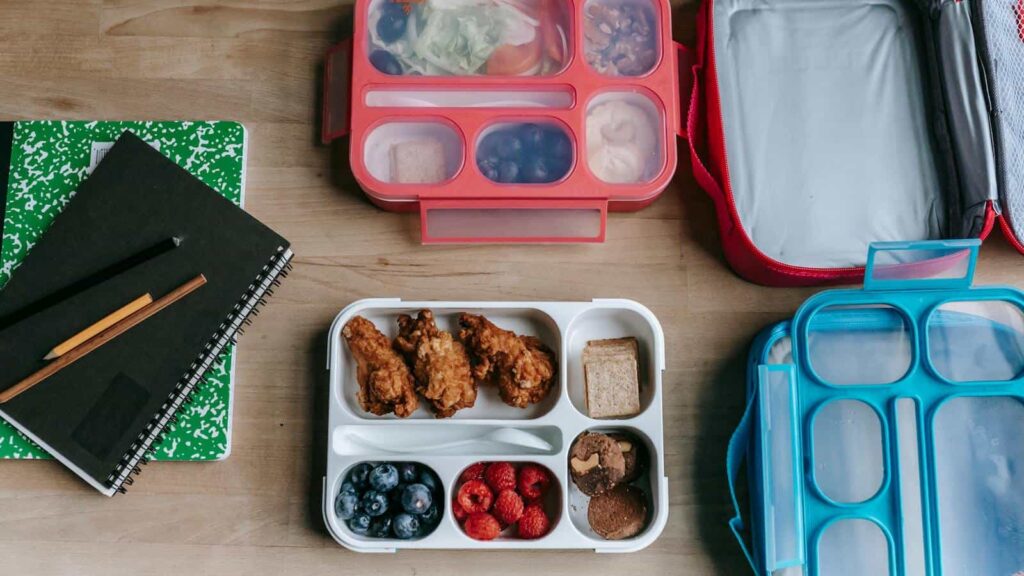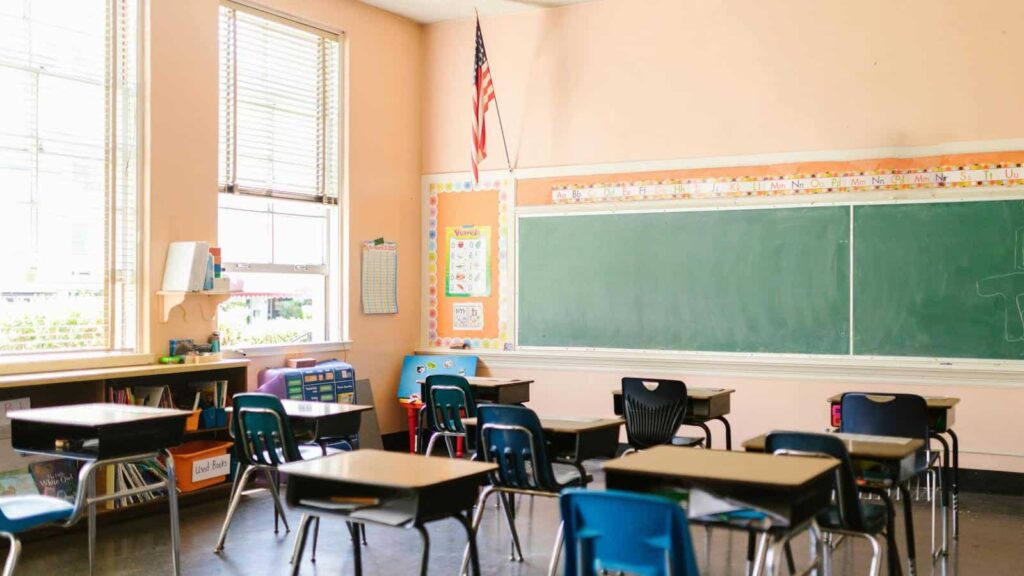11 Japanese School Rules That Surprise Foreigners
11 Japanese School Rules That Surprise Foreigners

Exploring school rules in different countries can be quite surprising, especially when we look at Japan. Japanese schools have some unique rules that are quite different from what many foreigners are used to. From cleaning their own classrooms to wearing uniforms and having silent lunches, these rules might seem unusual but they play a big part in Japanese school life. Let’s look at some of these interesting Japanese school rules that catch most foreigners off guard.
1. Students Clean Their Own Schools

In Japan, it’s common for students to take part in cleaning their own schools daily. Unlike in France, where students have classes until late and tons of homework, Japanese students are expected to contribute to the upkeep of their school environment. This practice not only keeps the school clean but also instills a sense of responsibility and teamwork among the students.
2. Uniform Inspections

Similar to some countries like Spain, Japanese schools are very strict about their dress codes and regularly inspect students’ uniforms. This ensures that all students are dressed appropriately according to the school’s standards. Schools in Japan take these inspections seriously to maintain discipline and uniformity. In contrast, countries like France have a more relaxed approach towards school attire.
3. Bento Lunches

In Japanese schools, students typically bring homemade lunches or receive school-provided bento boxes. These bento boxes are not only nutritious but also carefully prepared to look appealing. The practice emphasizes the importance of a balanced diet and reflects the Japanese culture’s attention to detail and aesthetics in food preparation.
4. Shoe Changing

When entering school, Japanese students must change from their outdoor shoes into indoor shoes. This rule helps in maintaining the cleanliness and hygiene inside the school premises. It’s a practical approach that also shows respect for the school environment, a value highly regarded in Japanese culture.
5. Morning Exercises

Participating in morning exercises is a common start to the day in Japanese schools. These exercises, often done in groups, are not just for physical health but also for building a sense of unity and invigorating students for the day ahead. It exemplifies how Japanese schools value both physical education and community spirit.
6. Silent Lunches

Some schools in Japan have periods where students must eat in silence. This rule is designed to encourage discipline and mindfulness during meals. It allows students to focus on eating and enjoying their meal without distractions, fostering an atmosphere of calm and respect during lunchtime.
7. Saturday Classes

Previously more common, attending school on Saturdays is a practice that is becoming less frequent in Japan. However, when it was more prevalent, it highlighted the Japanese commitment to education and the importance placed on extra learning opportunities.
8. Janken (Rock-Paper-Scissors)

Janken, or rock-paper-scissors, is commonly used in Japanese schools to make decisions and resolve disputes quickly and fairly among students. This method emphasizes fair play and equality, ensuring that all students have an equal chance in decision-making processes.
9. No Janitorial Staff

Unlike many schools globally that employ janitorial staff, Japanese schools often lack dedicated cleaning personnel. Instead, cleaning the school is seen as part of the educational process, teaching students the values of cleanliness, responsibility, and working cooperatively.
10. Strict Hair and Makeup Rules

Japanese schools typically have strict rules regarding hair color, style, and prohibiting makeup, similar to some American schools. These regulations aim to maintain uniformity and prevent distractions, keeping students focused on their studies rather than their appearances, contrasting with more relaxed policies in places like France.
11. Randoseru Backpacks

Japanese elementary students often use leather backpacks called randoseru, which are designed to last throughout their elementary education. These durable backpacks represent readiness for school and are a significant part of starting school life in Japan. They symbolize the educational journey every child in Japan undertakes.
10 American High School Events That Surprise Europeans

Read More: 10 American High School Events That Surprise Europeans
18 American Customs That Foreigners Find Weird

Read More: 18 American Customs That Foreigners Find Weird
10 American Habits That Leave Europeans Speechless

Read More: 10 American Habits That Leave Europeans Speechless
We are Mary and Eric, the founders of Be Right Back, a blog dedicated to romance around the globe and at home.
We are Mary and Eric, the founders of Be Right Back, a blog dedicated to romance around the globe and at home. With over 10 years of experience in dating and traveling to romantic places, we share our favorite date ideas and romantic destinations to help couples level up their relationships. Having lived in and traveled through the USA, we also share our favourite things to do in the States.
With 70,000 monthly readers and 16,000 followers on social media, Be Right Back is your go-to resource for romantic trip ideas and couple activities at home and abroad.
